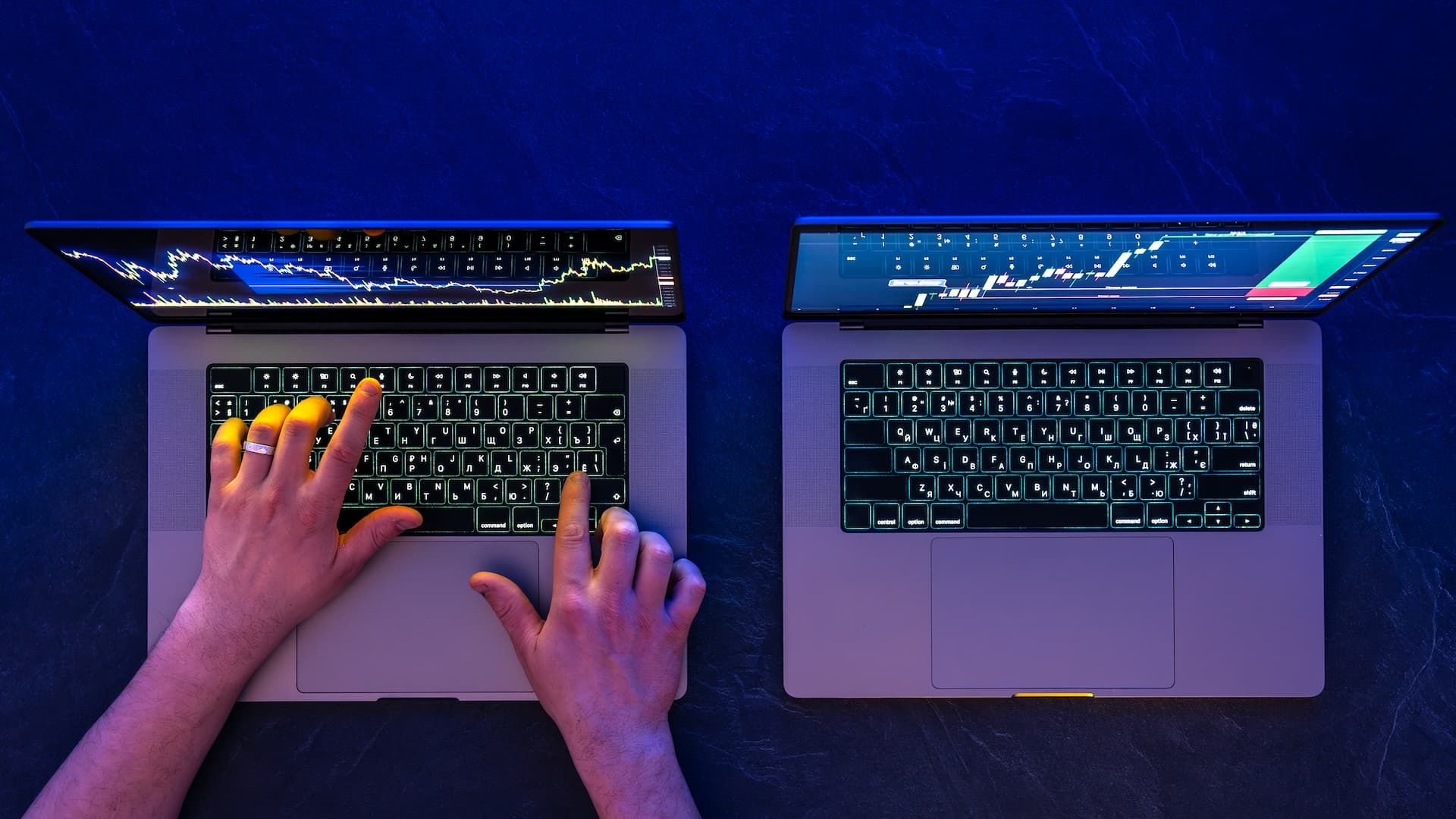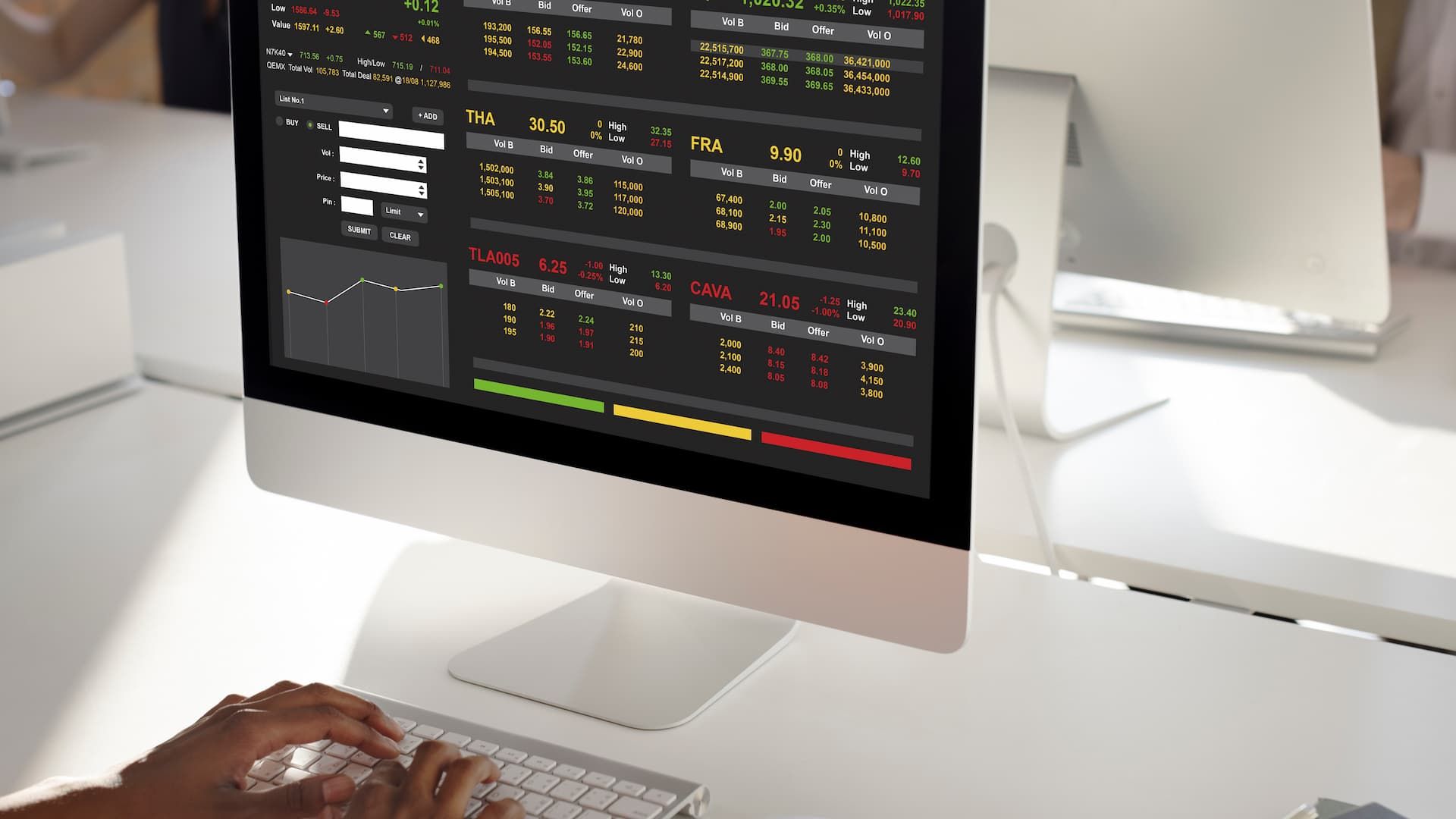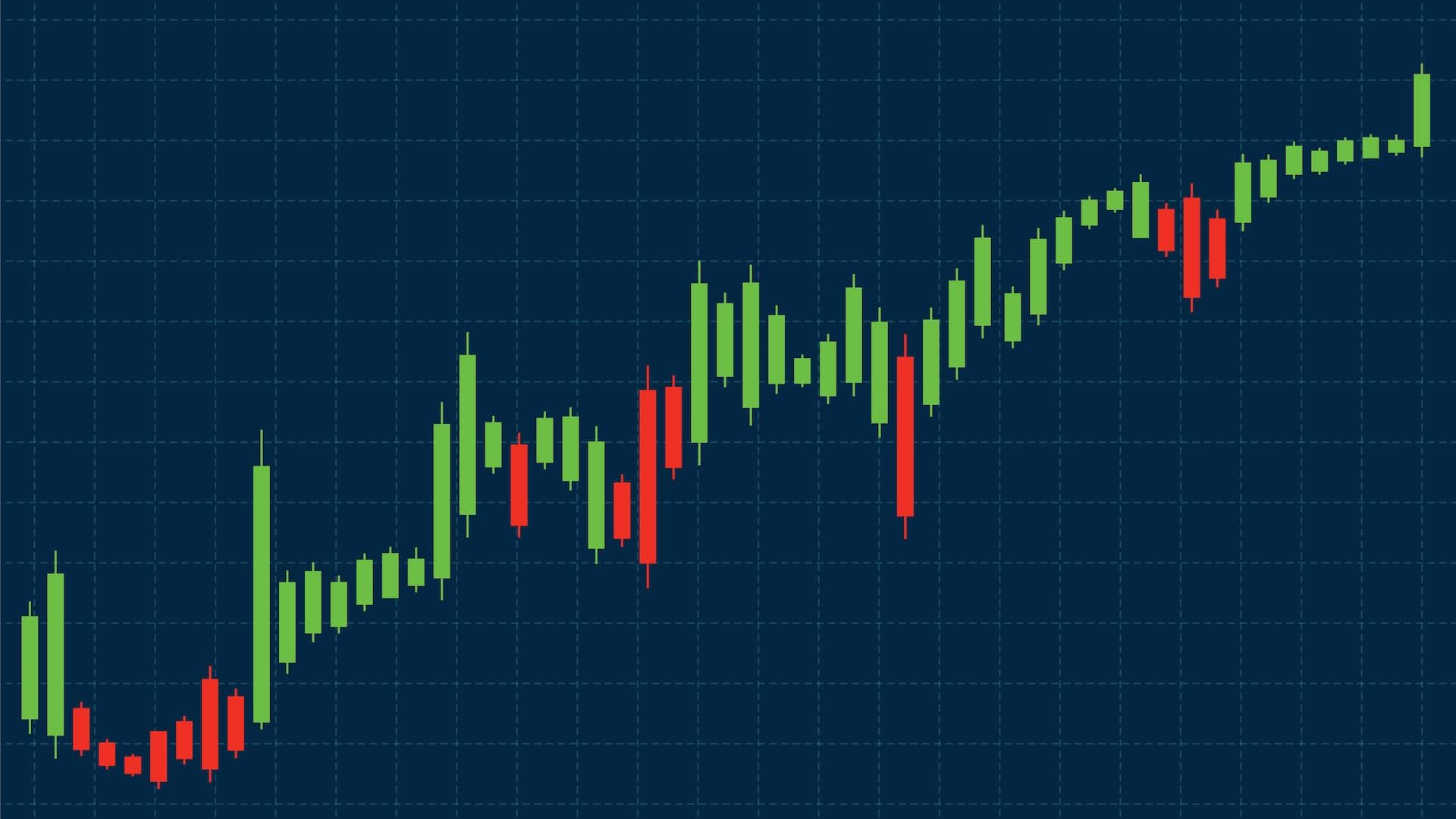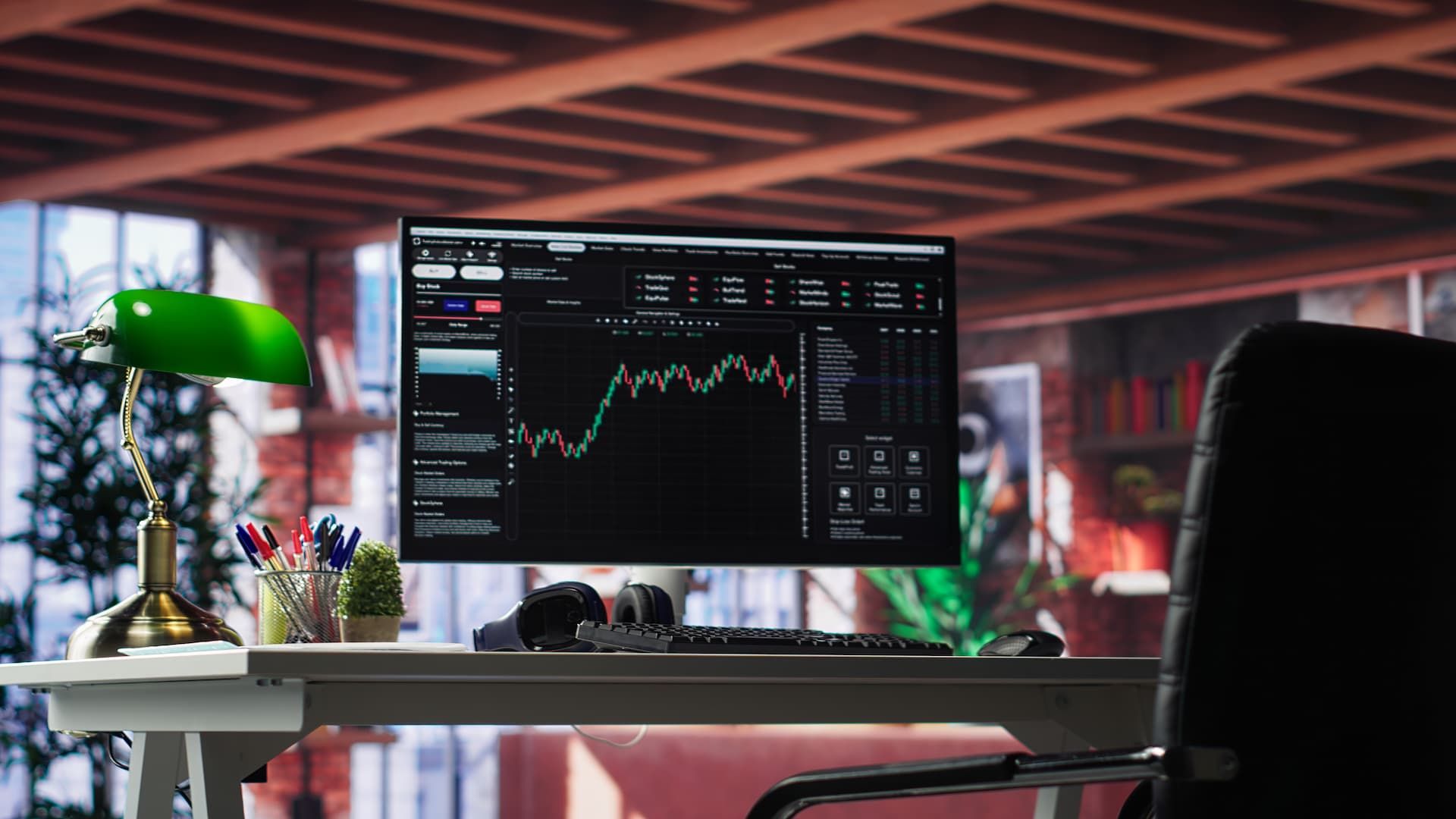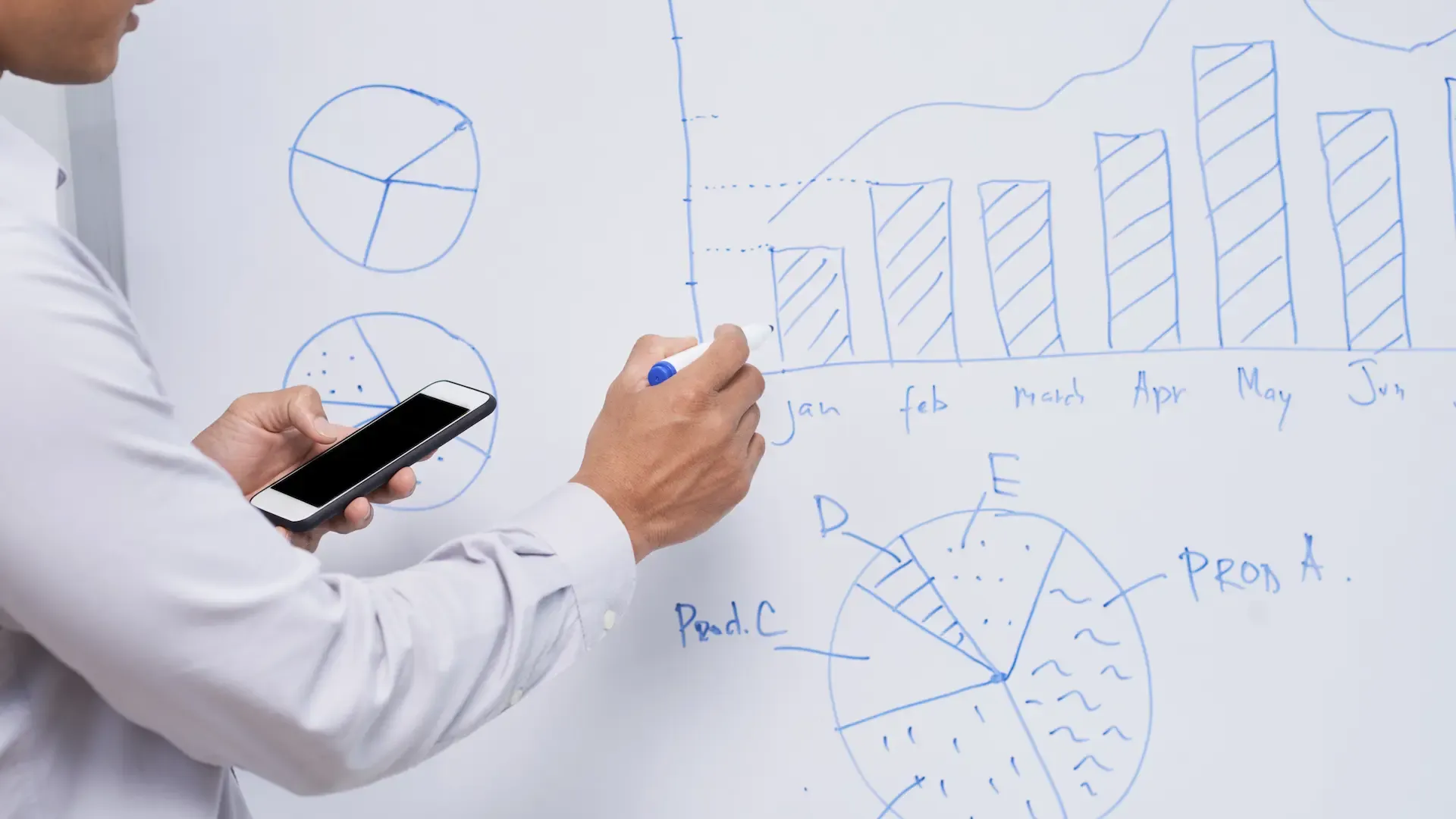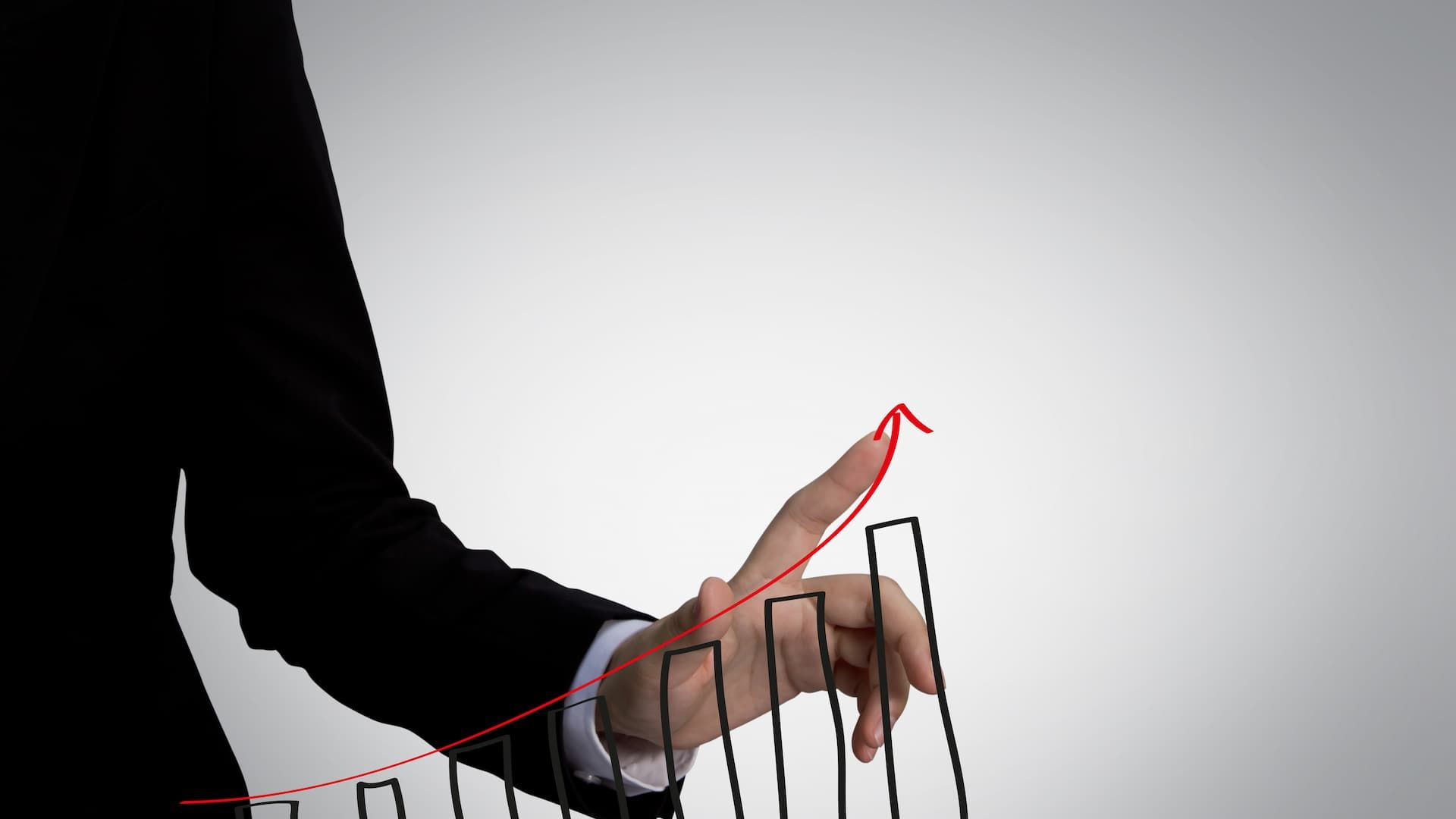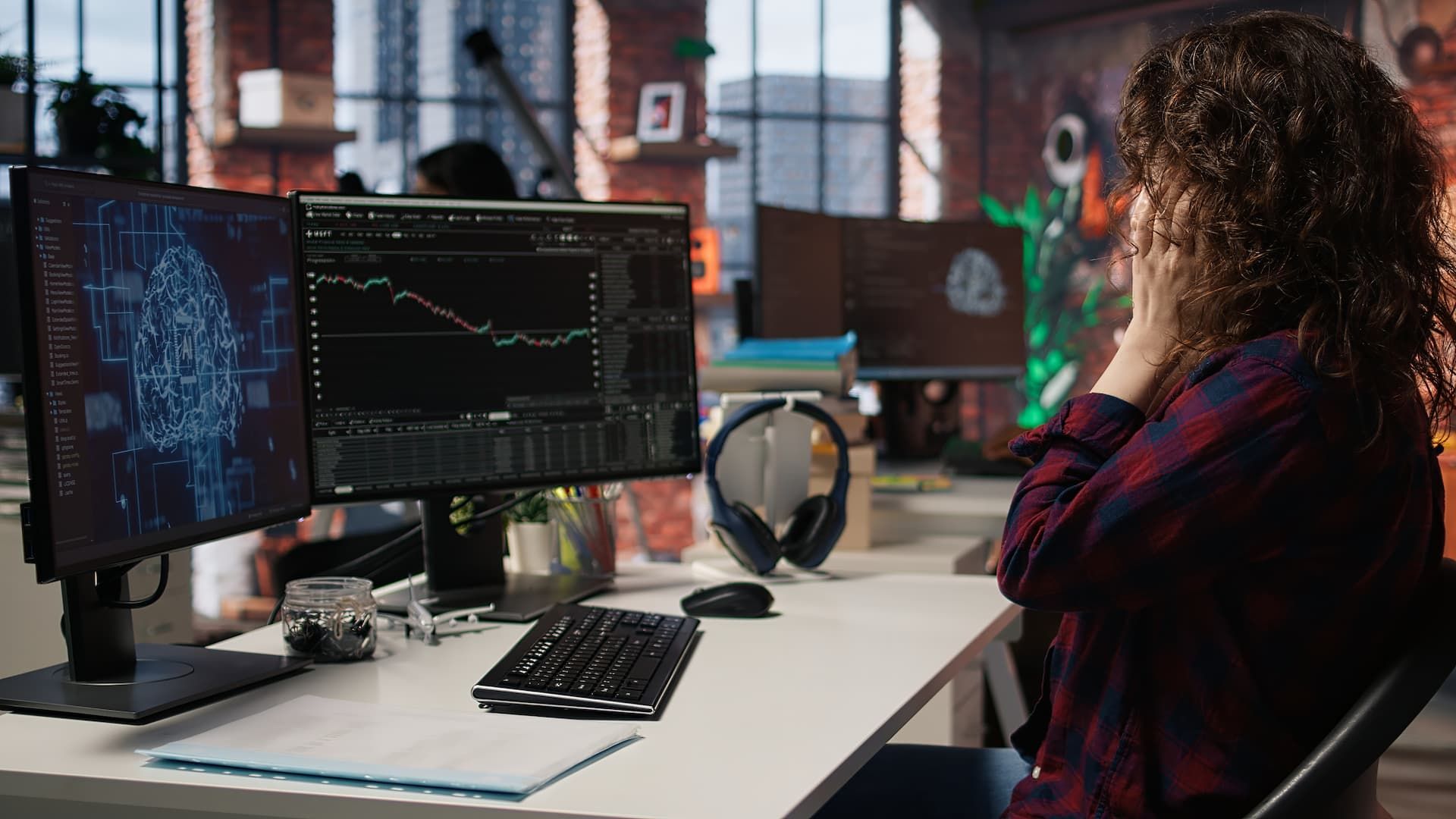Traders now use AI trading bots and algorithmic systems to analyze data, react to market conditions, and execute trades across multiple markets in milliseconds. These systems now dominate large portions of global trading volume. Their ability to react instantly creates both opportunities and challenges, especially for retail traders competing with institutions.
Understanding Algorithmic Trading
Algorithmic trading relies on coded trading rules and historical data to remove emotion from trading decisions. By automating decisions, algorithms reduce emotional bias and allow traders to stick to predefined plans. This makes them useful not only for professionals but also for smaller traders who want discipline in execution.
What Is Algorithmic Trading?
It uses trading algorithms and automated trading platforms to place and manage orders. These systems follow strict technical analysis models and can handle trade execution faster than people. Modern platforms also integrate machine learning, allowing algorithms to adapt to changing conditions. This evolution makes them powerful tools for analyzing complex financial data in real time.
Benefits of Algorithmic Trading in Financial Markets
Traders benefit from speed, accuracy, and the ability to track exchange traded funds or other financial instruments without missing signals. Beyond efficiency, algorithmic trading also lowers costs by minimizing slippage and spreads. It provides constant monitoring, ensuring no profitable setup is missed, even outside regular trading hours.
Algorithmic Trading Strategies
Strategies vary from simple to complex, but all aim to improve consistency and profits. They often combine market timing, arbitrage, or index fund rebalancing to capture opportunities. The choice of strategy depends on asset class, volatility, and liquidity. Traders often test multiple models simultaneously, fine-tuning parameters until they achieve stable performance.
Common Algorithmic Trading Strategies
Popular methods include arbitrage, momentum trading, and market-making strategies. Each relies on fast reaction to market conditions and the ability to scale across multiple markets. While arbitrage and momentum dominate, other strategies like statistical arbitrage or pairs trading also play a role. These methods use correlations between securities to uncover consistent profit opportunities.
Arbitrage Opportunities and Market Timing
Algorithms scan for price gaps across venues and take advantage of them before a human trader can react. They also improve timing by analyzing historical data and reacting instantly to price shifts. High-frequency traders rely on powerful infrastructure to capture these micro-gaps in milliseconds. Their speed ensures profits before prices normalize, leaving manual traders behind.
Index Fund Rebalancing and Algo Trading
Traders build trading algorithms that predict flows and adjust trading strategies around index fund rebalancing events. Large index rebalances often create predictable order flow that algorithms can exploit. By anticipating these shifts, traders align their execution with institutional movements, improving results.
Algorithmic Trading Systems
Modern algo trading systems process massive market data and react faster than any trader. They aim for consistent execution and avoid human error that comes from emotional decision making. These systems dominate institutional desks, where even slight execution delays can mean millions in lost value. Their scalability makes them indispensable for high-frequency and portfolio-level trading.
How Automated Trading Systems Work
Systems rely on advanced algorithms coded in a programming language to scan different markets and place trades instantly. They integrate with exchanges through direct market access, reducing latency to microseconds. This speed ensures orders are filled at the best available prices before the market shifts.
AI Trading Bots in Stock Trading
Trading bots now handle equities, futures, and foreign exchange with speed. They also use sentiment analysis and other qualitative factors to refine trend following strategies. With the rise of machine learning, bots adapt to shifting patterns rather than following static rules. This makes them especially effective in volatile markets where human reaction time falls short.
Index Fund Trading with Algorithmic Systems
Large funds use automation to rebalance an index fund across different markets. Bots keep positions moving in the same direction as the benchmark and reduce mistakes that may vary significantly across assets. Automation ensures that weight adjustments are applied evenly and on schedule. This minimizes tracking errors and aligns fund performance with investor expectations.
Algo Trading for Professional Traders
For professionals, algo trading opens global access to foreign exchange, equities, and derivatives. It reduces reliance on human judgment while supporting structured trading strategies. Institutions rely on these systems to maintain competitiveness across global markets. The ability to process massive order flow in milliseconds creates an advantage that manual execution can’t match.
Role of Algorithmic Traders in Modern Markets
Professional quants design systems that exploit profit opportunities across multiple venues. They manage trading bots to ensure consistent execution and reduce exposure to human error. They also monitor for technical failures or market anomalies, ensuring the systems remain stable under stress. Their expertise blends finance, coding, and statistics, making them critical in modern trading desks.
Programming Languages Used in Algorithmic Trading
Most quants code in Python, C++, or Java as their core programming language. These tools let them create advanced algorithms that adapt to market conditions and automate trade execution at scale. Python excels at data analysis and prototyping, while C++ dominates in low-latency execution environments. Java provides flexibility for scaling large systems that must interact with multiple exchanges at once.
Risk Management and Optimization
Algorithmic trading runs across volatile markets, so handling risks is critical. A trader must adapt to changing market conditions and stay ready when market conditions change fast. Without strong controls, volatility can erode gains quickly. Professionals embed risk rules into their code to automatically cut positions or rebalance exposure when signals weaken.
Managing Risk in Algorithmic Trading Systems
Systems monitor price moves in real time data and adjust strategies quickly. They protect capital from black swan events that can wipe out investors if ignored. These systems often include circuit breakers that pause trading if thresholds are breached. This automation prevents small losses from turning into catastrophic ones.
Optimizing Algorithmic Trading Strategies for Performance
Performance improves when algorithms test securities and stocks against historical data. Optimization ensures profitable outcomes by refining trend following and spotting arbitrage opportunities that may disappear quickly. Traders constantly fine-tune parameters to adjust for new market conditions. Backtesting and forward testing are essential to validate whether strategies remain robust over time.
Practical Applications
Algorithmic trading spans from small trading bots to enterprise-level advanced algorithms. Both simplify complex markets while helping traders make informed decisions. Today, algorithmic trading shapes everything from retail investing apps to hedge fund operations. Its reach makes markets more liquid but also more competitive, pushing traders to keep innovating.
From Simple Bots to Advanced Algorithmic Systems
Simple bots follow a defined set of rules, while advanced setups run across different markets. They scale strategies to manage large data streams with consistent execution. Retail bots usually automate repetitive tasks, like placing stop orders or tracking moving averages. By contrast, institutional systems integrate machine learning and predictive analytics for complex portfolio management.
Future Trends in Algorithmic Trading
The future blends AI with algo trading, making models adapt to changing market conditions automatically. As systems evolve, they aim for faster execution and more profitable trades. We can expect tighter integration of AI and blockchain to ensure transparency and security in execution. Cloud-based infrastructure will also make powerful algo systems more accessible to smaller firms.
